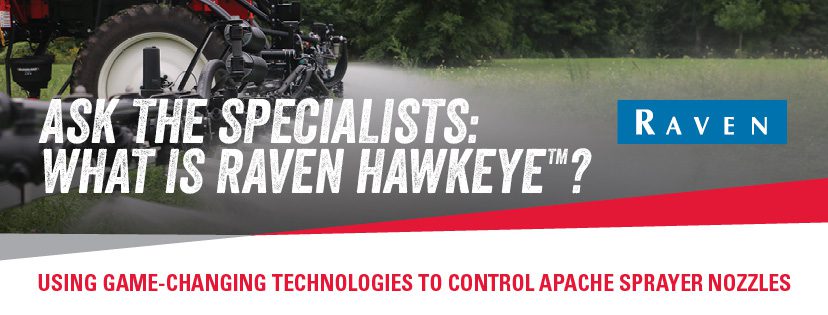
We work continuously to create programs and form partnerships to ensure all Apache sprayer owners have access to the latest precision technology. As a trusted and celebrated brand in the precision farming industry, Raven Applied Technology has created yet another game-changing solution with the invention of the Raven Hawkeye™ pressure-based spray nozzle control system.
“With the Hawkeye™ system our customers are able to spray more acres per day, by adjusting pressure and droplet size to compensate for wind speed and other weather conditions,” said Gary Grant, Parts Manager for Ohio Valley Ag., LLC.
Hawkeye is available as an option for all new Apache sprayers. The system is integrated with Raven’s Viper® 4 field computer and other ISOBUS-compatible terminals to provide more precise droplet sizes and consistent spray patterns from the boom to the field, thereby reducing spray drift. Hawkeye comes with turn compensation technology, adding even more precision to spray operations, individual valve diagnostics and sectional shutoff. The system is designed for easy installation and operation.
“We love this technology,” Grant said. “This system can provide a much wider window of opportunity for eliminating weed pressure at a stage when weeds are more susceptible to chemical eradication.”
Advantages:
- Turn Compensation — Automated nozzle-by-nozzle adjustment provides even distribution along the entire boom through turns.
- Pressure Adjustments — Adjustable pressure on the fly, including two preset pressures.
- Full Integration — Raven Hawkeye is fully integrated with machine application control systems.
- Simplicity — Setup and calibration is simple and clean.
With Hawkeye, operators can maximize their investment in application products and eliminate over-application by controlling distribution rates down to individual spray nozzles.
Contact your Apache dealer for more information about adding Hawkeye to your sprayer!

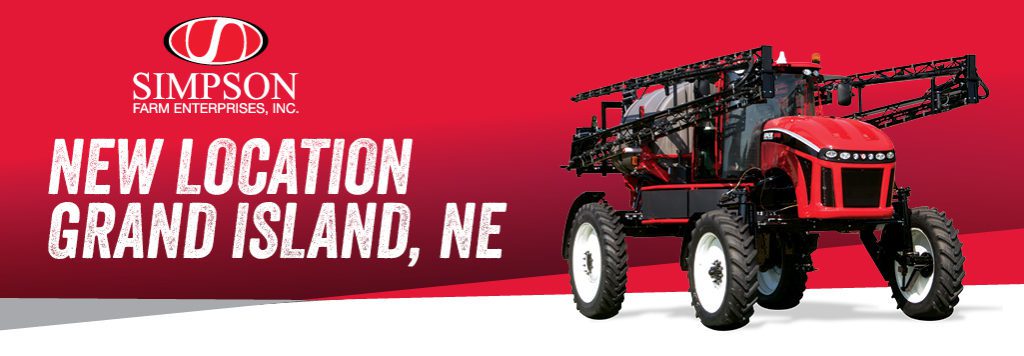
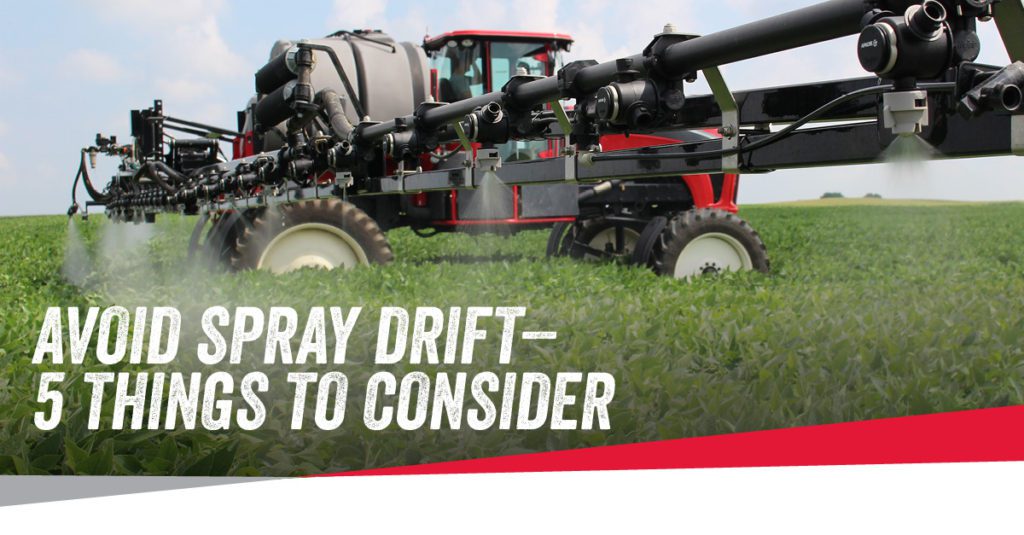
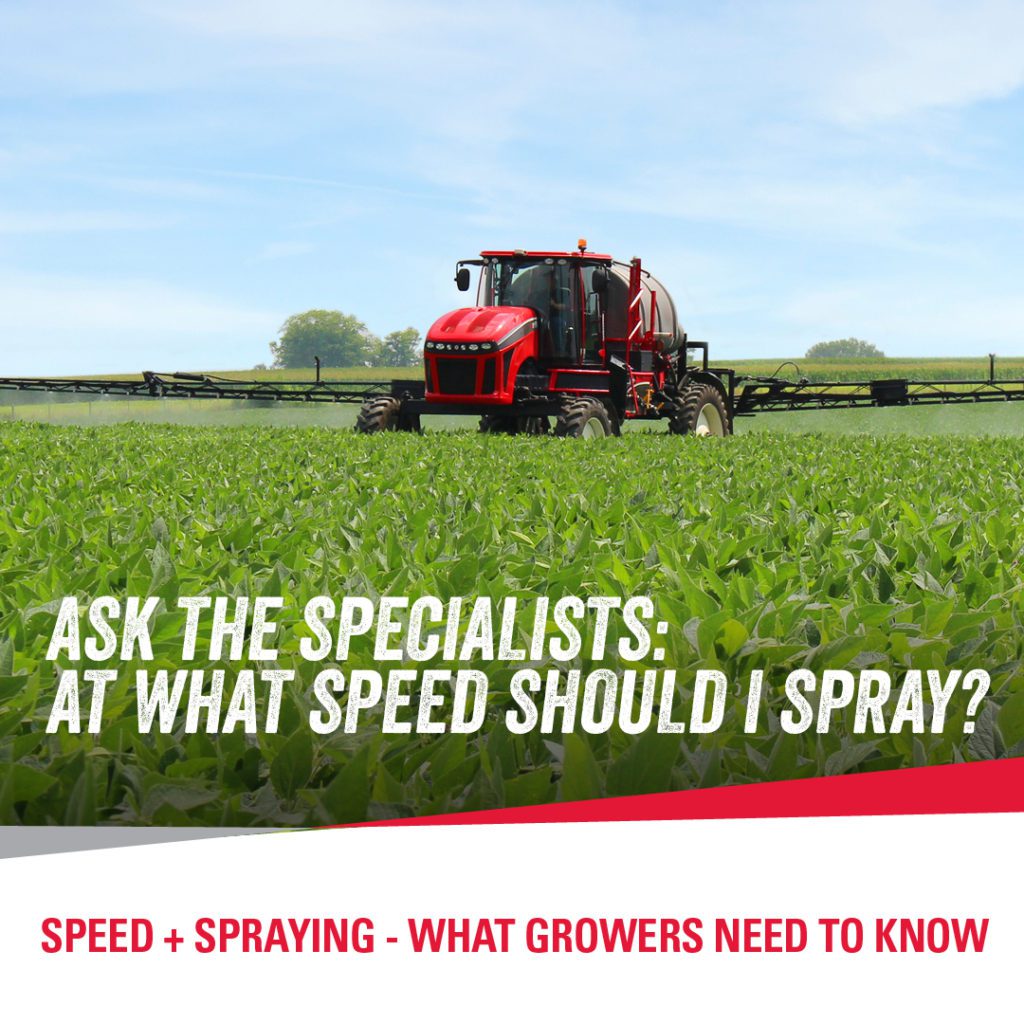
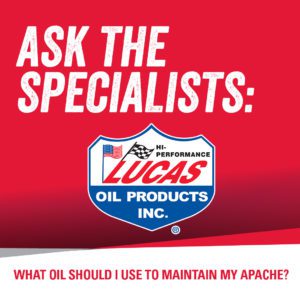
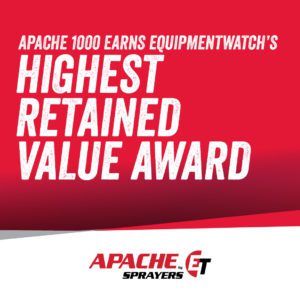

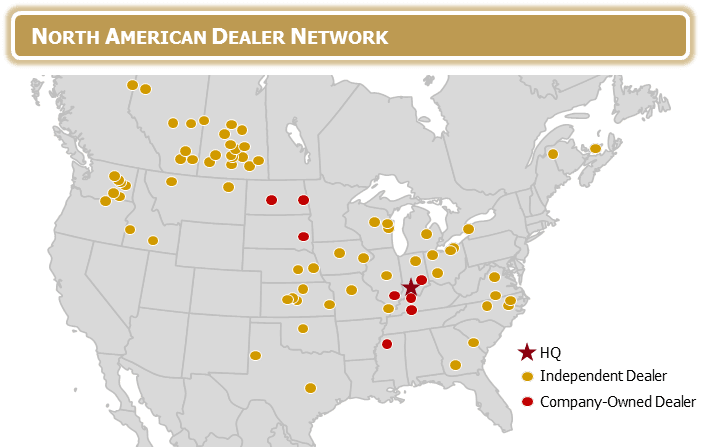
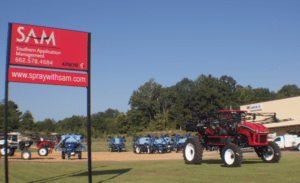
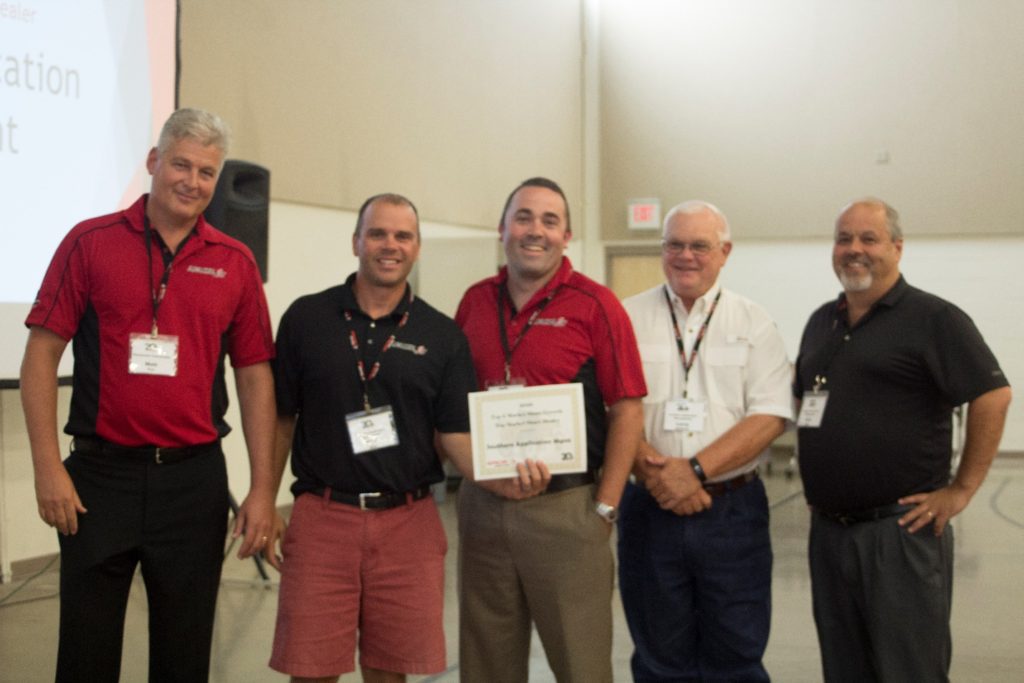
Stay Connected
APACHE eNEWSLETTER
Sign Up